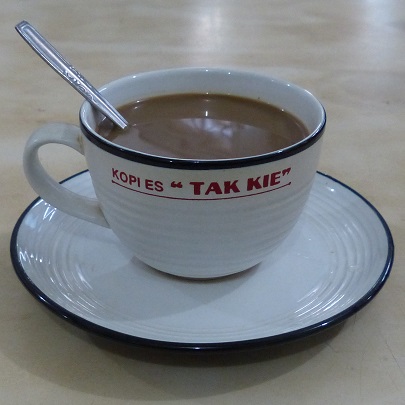Drinking Coffee Becomes Expensive when it Doesn’t Rain in Brazil
Due to ongoing drought in Brazil, the world’s largest coffee grower (particularly the Arabica coffee beans variety), coffee futures have reached the highest level in over two years. Usually the month of October is a month that brings rainfall to the Minas Gerais region, the most important coffee growing region in Brazil. This year, however, there has been no rainfall (yet) in October meaning that the coffee beans are unable to ripe. Moreover, meteorologists estimate that the current drought will continue for at least another week.

Forecasts for continued dry weather have managed to result in soaring coffee futures in the past couple of days. On Monday (06/10) coffee futures rose 6.9 percent to USD $2,255 per pound, the highest level since January 2012. Some investors believe that the price will exceed USD $3 per pound. This year so far, the coffee price has increased by about 88 percent.
During the first three months of 2014 the Brazilian coffee production already had to cope with severe drought resulting in higher coffee prices. The recent coffee harvest in Brazil was the smallest in three years and follows Brazil's worst drought in decades.
Even if there will be plenty of rainfall in the time ahead, then the Brazilian coffee production will still be 18 percent less than originally targeted. Analysts expect that higher coffee prices will be passed on to consumers. Earlier this year Starbucks already raised prices for coffee due to soaring coffee prices amid dry weather in Brazil. It is likely that coffee consumers will soon have to face another price hike.
Also a political development in Brazil has influenced the coffee price. Speculation that pro-business candidate Aécio Neves will win the Brazilian presidential election has given Brazil’s currency (real) a boost (against the US dollar).
Arabica coffee beans, which are considered superior to the Robusta coffee bean, account for most of the world’s coffee production. Brazil produces about one-third of the world’s total coffee, and about half of the world’s total Arabica beans production. Indonesia is also one of the world's top coffee producing and exporting countries. However, most of Indonesia’s production is the lower quality Robusta type.
To end on a positive note, production of Arabica beans in Colombia is expected to hit a 20-year high.
Bahas
Silakan login atau berlangganan untuk mengomentari kolom ini
